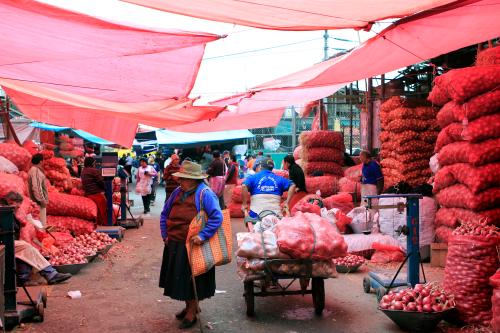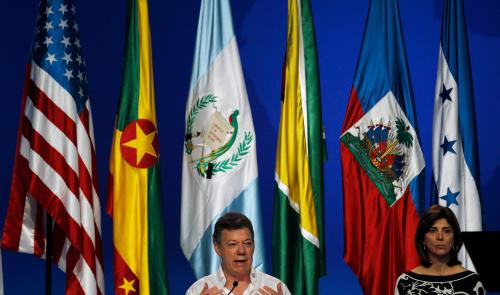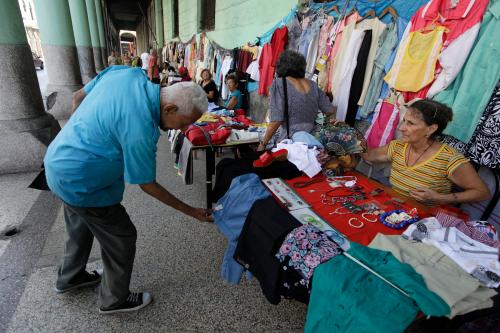

10:00 am EDT - 11:30 am EDT
Past Event
10:00 am - 11:30 am EDT
1775 Massachusetts Avenue NW
Washington, DC
20036
A new global economic geography has emerged in the aftermath of the global financial crisis. It has produced both winners and losers in the emerging markets and divided Latin America into two regional clusters with contrasting patterns of economic growth. Paradoxically, the most dynamic economies and key beneficiaries of the new economic geography are the most vulnerable to further global financial turmoil, such as the current eurozone crisis.
On October 5, the Latin America Initiative at Brookings hosted a discussion to present the first Brookings-CERES (Center for the Study of Economic and Social Affairs) “Latin America Macroeconomic Outlook: A Global Perspective” report, examining the opportunities and risks that the new global economic geography poses to policymakers and the international community. Senior Fellow Ernesto Talvi, director of the Latin America Initiative and academic director of CERES, presented the report and its findings. A discussion followed featuring Guillermo Calvo of Columbia University and Carmen Reinhart of the Harvard Kennedy School of Government. Bloomberg News Senior Correspondent Indira Lakshmanan moderated the discussion. After the program, panelists took audience questions.
You can follow the conversation on this event on Twitter using the hashtag #LAIMacro.
Related Content

Ernesto Talvi, Ignacio Munyo, Diego Perez
October 3, 2012

None
July 16, 2012

Lucio Castro, Luciano Cohan, Eduardo Levy Yeyati
April 16, 2012



Eduardo Levy Yeyati
July 10, 2025

George Ingram, Anthony F. Pipa
July 10, 2025
2025
Thursday, 1:00 pm - 5:15 pm EDT
Friday, 9:00 am - 1:15 pm EDT